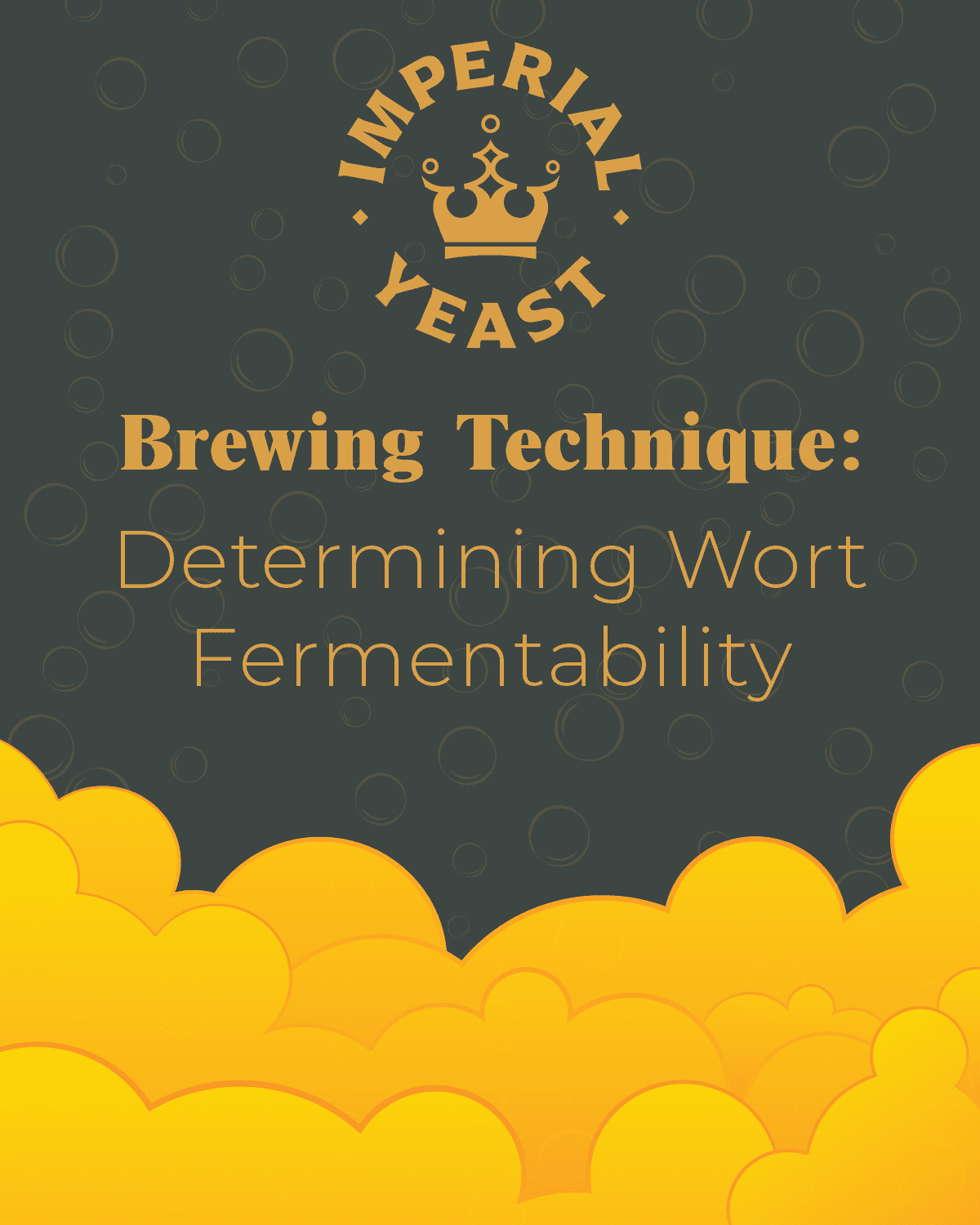Use this test to determine the fermentability of wort and determine what the terminal gravity of the wort should be if fermentation goes to completion.
Performing a Forced Fermentation Test
- Pull about 500mL of uninoculated wort from your fermenter or post heat exchanger wort stream into a sanitized 1 liter container.
- Add about 15ml of yeast slurry to the 1L container (if you don’t have liquid slurry, use about 0.5 gram dried yeast).
- Cover with foil and incubate at 75- 80°F (24-27°C). Gently agitate as often as possible, or keep on a stir plate.
- Observe fermentation and wait for visible signs of fermentation to be complete. Usually activity should subside in about 24 - 48 hours.
- De-gas sample and measure the gravity.
- Both your forced ferment and your larger batch terminal gravity should match.
Interpreting the Results
The fermentation in your tank is not complete and there are still fermentable sugars in your beer if your forced fermentation sample is lower than your tank.
A difference in forced fermentation and in-tank terminal gravity can be the result of numerous factors, commonly concerning pitch rates or wort oxygenation.
In the event that the forced fermentation and in-tank terminal gravity are similar, but different than the expected or calculated terminal gravity, the source of the issue may have to do with recipe formulation or mashing parameters.
Watch Our Video on How to Perform a Forced Fermentation Test
